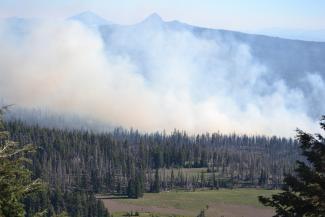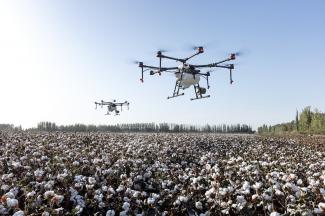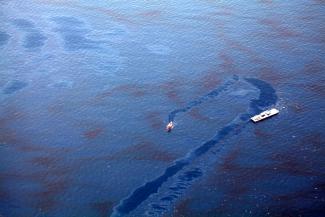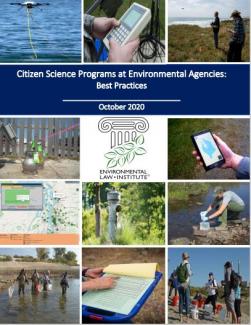Are We Ready for the Emerging Circular Economy? Ready or Not...

“The United States has a very effective liability management policy and legal framework, but that same framework has some unintended consequences for the circular economy,” including risk aversion that can create barriers to circular economy businesses, said John Lovenburg, Vice President of Environment at BNSF Railway, in his opening remarks as moderator of ELI’s fourth GreenTech webinar March 24, 2021, on “The Emerging Circular Economy.”








